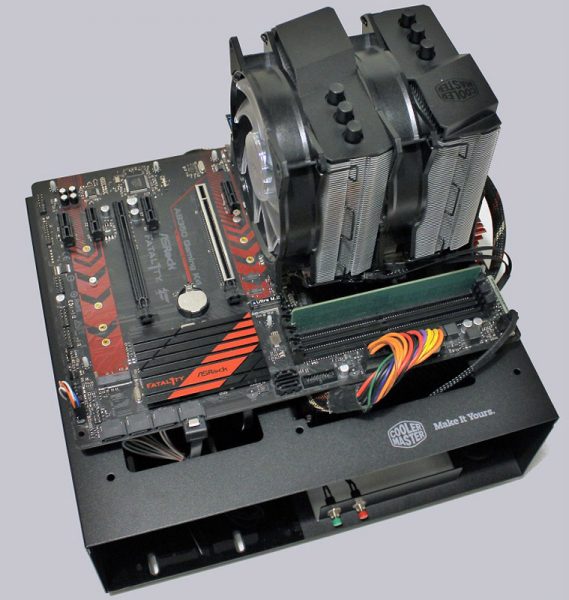
Changed limits: max_connections: 214 (requested 4000) The error.log file was spitting out messages like: I noticed connection limits and a few other bits weren’t being set when run from systemd unit file. ISCSI drive for root and a 6.4TB Intel NVME drive for the data, formatted to ext4 with default mount options.

System: 52 core (104 with HT) Intel(R) Xeon(R) Platinum 8167M CPU 2.00GHz, 756Gb RAM. Haven’t had to admin a mysql server for a while. Okay, so this took a bit longer than I expected. With AMD the throughput declines for a high concurrent workload with 512 threads, while Intel does not show a decline.systemd shows different effects on throughput for AMD and Intel CPUs.AMD EPYC shows a decent performance scalability the new kernel helps to improve it.So there are some conclusions from these results: Please let me know if you have any ideas on how to deal with the impact that systemd has on performance. So for some reason, systemd works differently for AMD and Intel CPUs. Here we see the opposite result with SystemD: Percona Server running from a bash shell shows the better throughput compared with the SystemD service.

To establish a baseline, I ran the same benchmark on my Intel box, running Ubuntu 16, and I tried two kernels: 4.13 and 4.15 I do not know exactly what causes this dramatic difference-systemd uses different slices for services and user commands, and somehow it affects the performance. This is where the result surprised me: on Ubuntu 18.04 with SystemD running Percona Server for MySQL as a service the throughput was up to 24% better than if Percona Server for MySQL is started from a bash shell. Ubuntu 16įirst, let’s review the results for Ubuntu 16 I recognize this is not most recent Intel CPU, but this was the best I had at the time, and it also gave 48 CPU Threads. To have some points for comparison, I also ran a similar workload on my 2 socket Intel CPU server, with CPU: Intel(R) Xeon(R) CPU E5-2680 v3 2.50GHz. Percona Server started from SystemD and without SystemD (for reasons which will become apparent later).Ubuntu 16.04 with default kernel 4.4 and upgraded to 4.15.To test CPU performance, I used a read-only in-memory sysbench OLTP benchmark, as it burns CPU cycles and no IO is performed by Percona Server.įor this benchmark I used c2.medium.x86 instances powered by AMD EPYC 7401P processors. In this benchmark, I discovered some interesting discrepancies in performance between AMD and Intel CPUs when running under systemd. So I started a couple of instances to test Percona Server for MySQL under this CPU. Global regulators have tightened security requirements for banks after that giant cyber fraud, one of the biggest in history, and in some countries have carried out checks on lenders’ security systems.īut complex cyber attacks have kept rising, as revealed in November by SWIFT in a letter to client banks and by the theft of 2.5 million pounds ($3 million) from Tesco Plc’s banking arm in the first mass hacking of accounts at a Western lender.īanks “are struggling to demonstrate their ability to cope with the rising threat of intruders gaining unauthorized access to their critical systems and data,” a report of the European Banking Authority (EBA) warned in December.Ever since AMD released their EPYC CPU for servers I wanted to test it, but I did not have the opportunity until recently, when started offering bare metal servers for a reasonable price.

Last February $81 million was taken from the Bangladesh central bank when hackers broke into its system and gained access to the SWIFT international transactions network. REUTERS/Kacper Pempel/FilesĬyber attacks against banks have increased in numbers and sophistication in recent years, with criminals finding new ways to target banks beyond trying to illicitly obtain details of their customers’ online accounts. A man types on a computer keyboard in Warsaw in this Februillustration file picture.


 0 kommentar(er)
0 kommentar(er)
